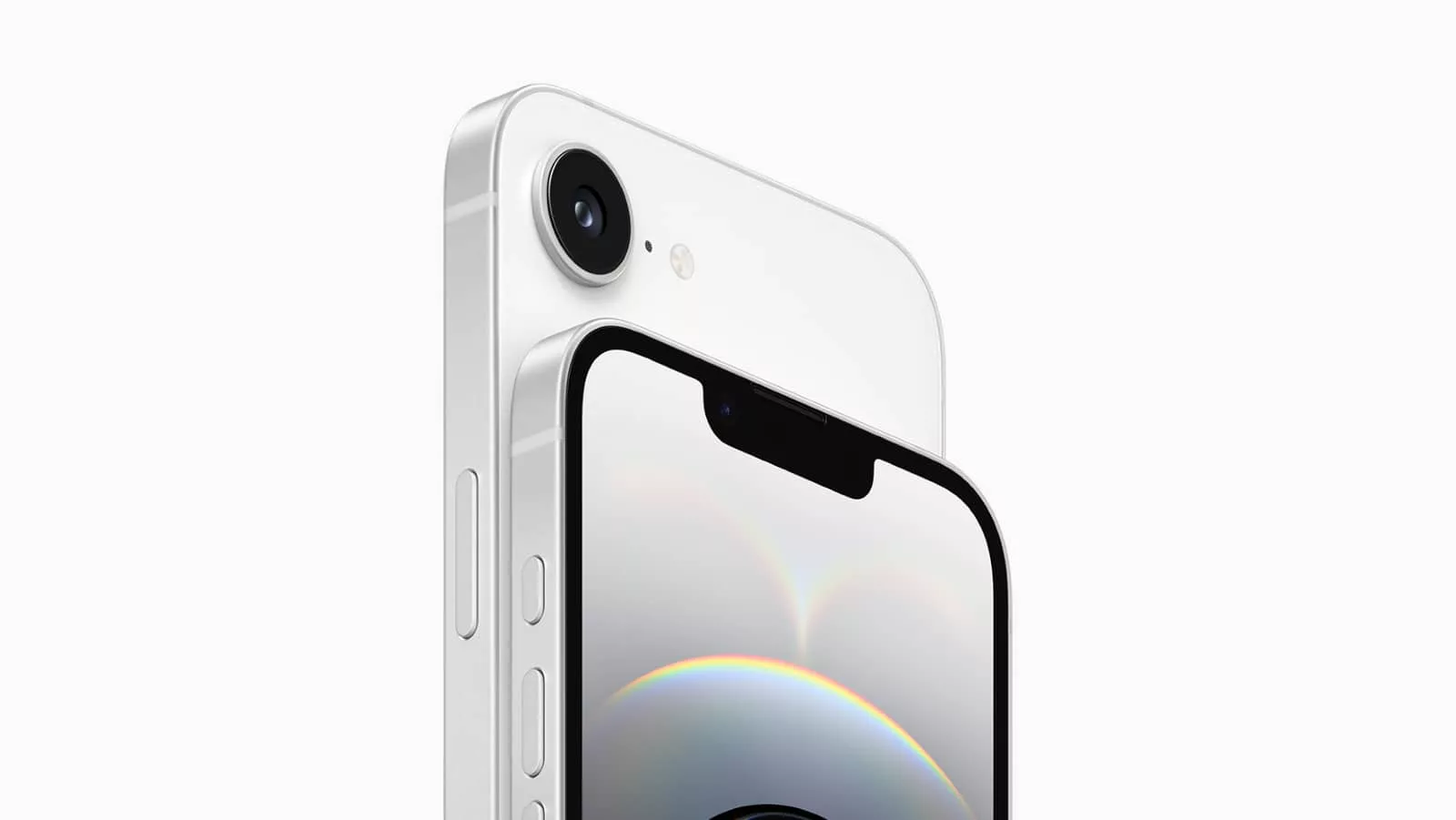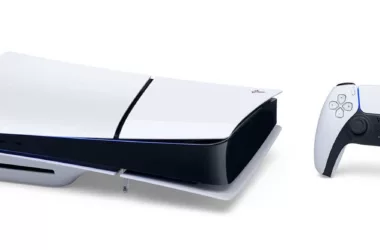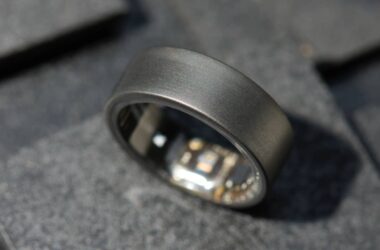Not quite as low-priced as its predecessor, the iPhone 16e aims to get an iPhone 16-styled device with Apple Intelligence for under a grand in Australia.
It’s been roughly three years since Apple’s more budget-friendly iPhone SE was refreshed, and guess what, it’s time to do it again. Rumours had been pointing to an update for the past few weeks, and so had common sense because three years is a long time for Apple’s product refreshes, so it’s time to do it again as a new model arrives.
Announced with a late February release, the iPhone SE is being replaced with the iPhone 16e, a variation on the least expensive 6.1 inch iPhone 16 you can find today with a few changes to make things even less pricey all around.
Set to be available for $999 in Australia, it won’t be quite as low-priced as the $719 iPhone SE before it, but it will come with a little more. Ultimately, with everything we’re seeing, it feels like an iPhone 16 inside the look of an iPhone 14, complete with the aluminium frame and glass front and back.
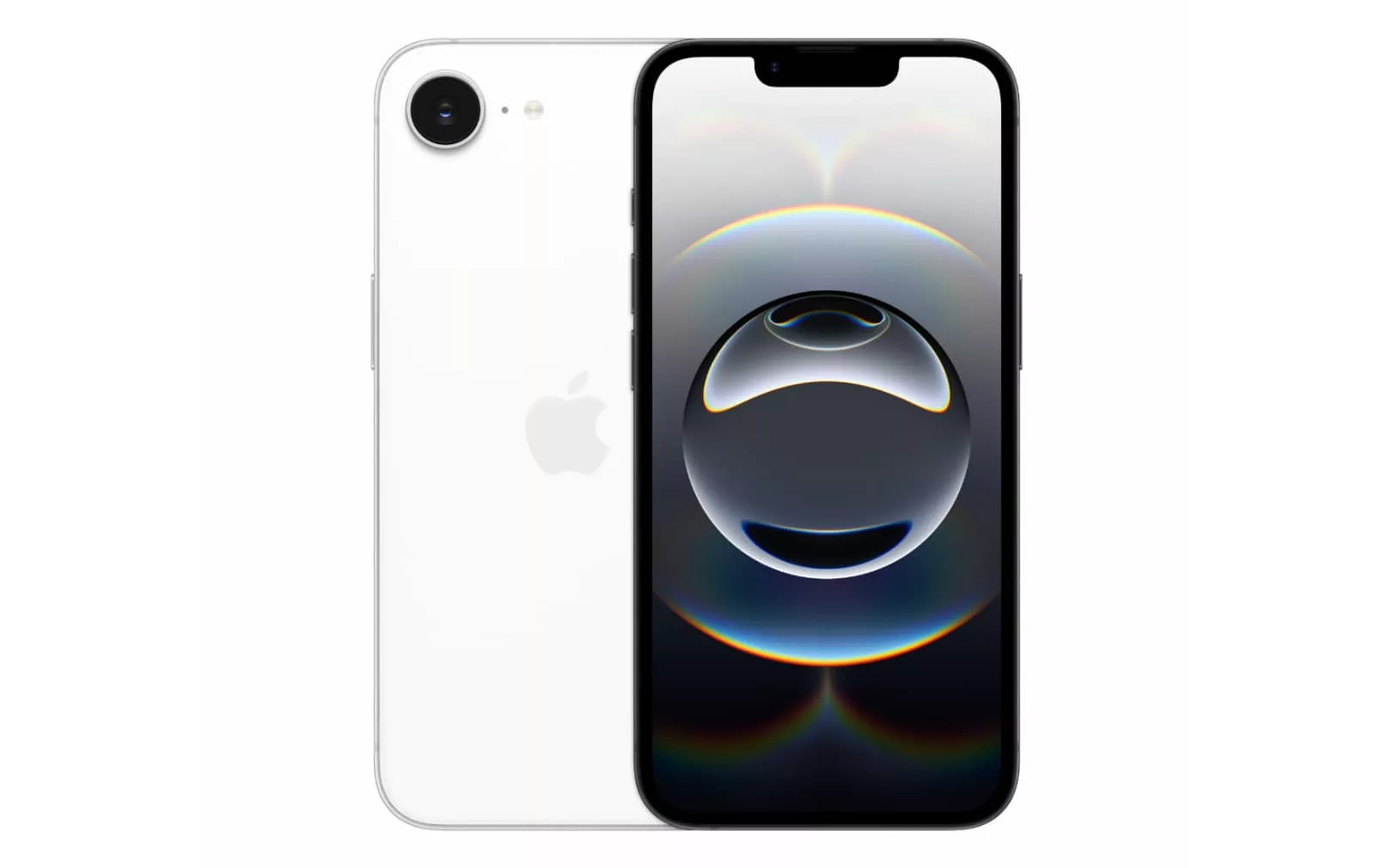
That means you’ll get one of those big 6.1 inch mostly full-screen iPhone models, complete with the shelf the newer models have moved away from, while also getting one of the recent Apple A18 chips. Moving to the new chip means the iPhone 16 has a trick even the iPhone 15 doesn’t have: support for Apple Intelligence built-in.
It also gets something no other iPhone offers yet: the first cellular modem designed by Apple, the C1 chip. While likely not something everyone will necessarily care about, the C1 aims to handle power more efficiently, essentially giving the iPhone 16e an edge in battery life and potentially giving the phone more battery life than its iPhone 16 siblings.
The are other features, too, like the action button from the iPhone 16 being here, even if the camera control haptic touchpad isn’t.
Speaking of the camera, the iPhone 16e is — like its iPhone SE sibling — a one camera model, offering the one main wide camera that can jump between 1X and 2X just like the other iPhone models. It’ll support Apple’s Fusion technology for 4K video capture, but may miss out on other features that the other iPhone 16 models support.
All in all, definitely an interesting device, and one that’ll give buyers more options. So what exactly is Apple’s latest iPhone?
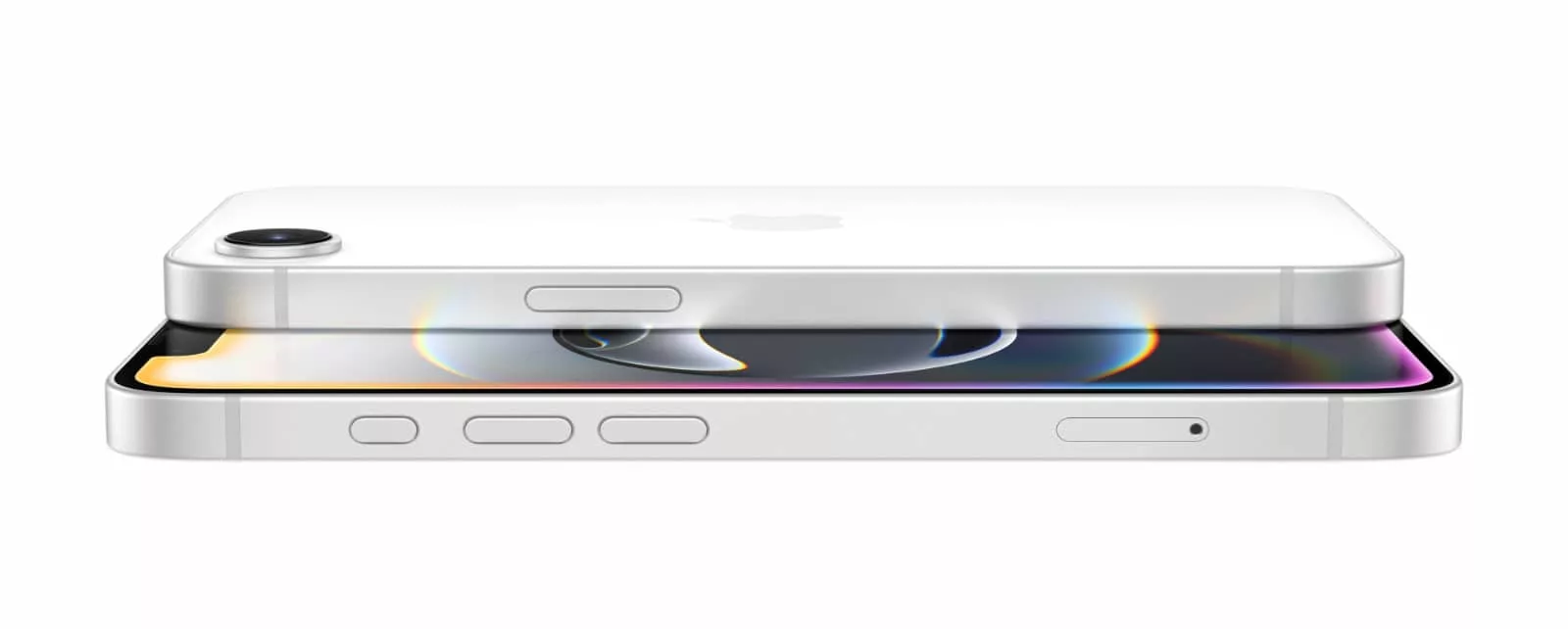
What is the iPhone 16e: a sum of its parts
Apple’s iPhone SE range has long been a bit of an interesting devices, borrowing bits and pieces from other phones. For instance, the last generation was basically an iPhone 8 body with the chip from the iPhone 13 and the camera from the iPhone XR.
This combination made it a curious model in the iPhone range, because it made the SE capable and formidable in the right ways, but still relatively budget focused.
But that model also used Apple’s older Lightning port, as did the iPhone 14, and thanks to the EU’s requirement of USB-C, Apple needs new devices to fit the USB-C requirement.
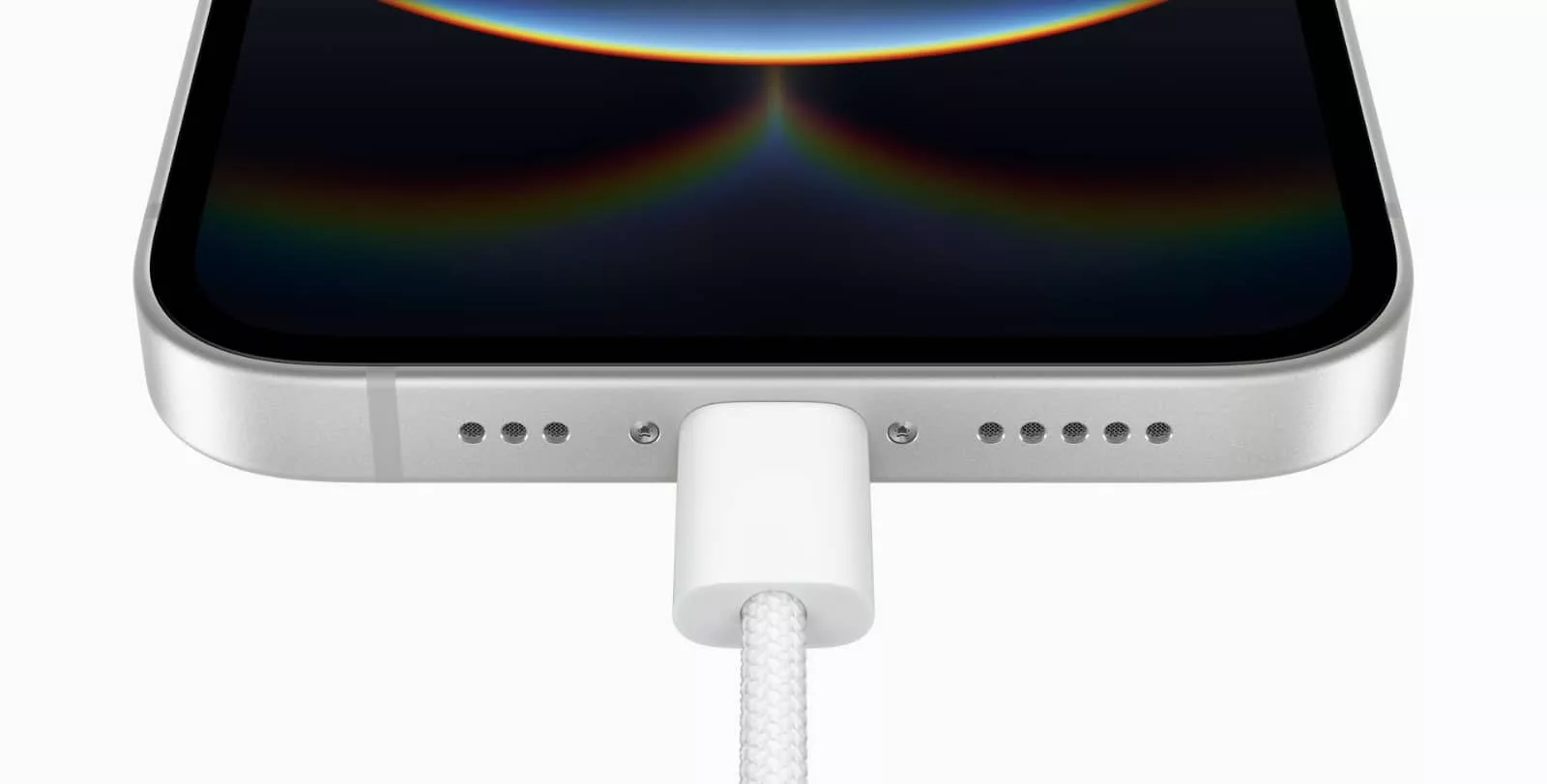
Not quite an “SE”, the iPhone 16e is another curious reimagining of parts, making something that’s clearly an iPhone, but isn’t necessarily as high-end as the rest of the range.
The iPhone 16e’s size is the same as Apple’s other “normal” iPhones, so this isn’t a smaller iPhone in the way the iPhone SE was, or even that the iPhone Mini was. Apple is probably leaving the Mini’s size and might return to properly compact phones when it eventually has a foldable option.
But the 6.1 inch screen in the iPhone 16e seems to come from the iPhone 14, one of Apple’s Lightning equipped phones that it can’t officially sell in Europe anymore. The iPhone 14 display is identical: 6.1 inch OLED running 2532×1170 and the top shelf, with no brightness specs for outdoor use. You could still using it outside, sure, but the screen wouldn’t boost the brightness accordingly.
Even the size of the phone is identical to the iPhone 14, with the 146.7mm height, 71.5mm width, and 7.8mm thickness telling us the iPhone 16e will fit iPhone 14 cases.
The iPhone 16e is basically an iPhone 14 design where the components have been changed.
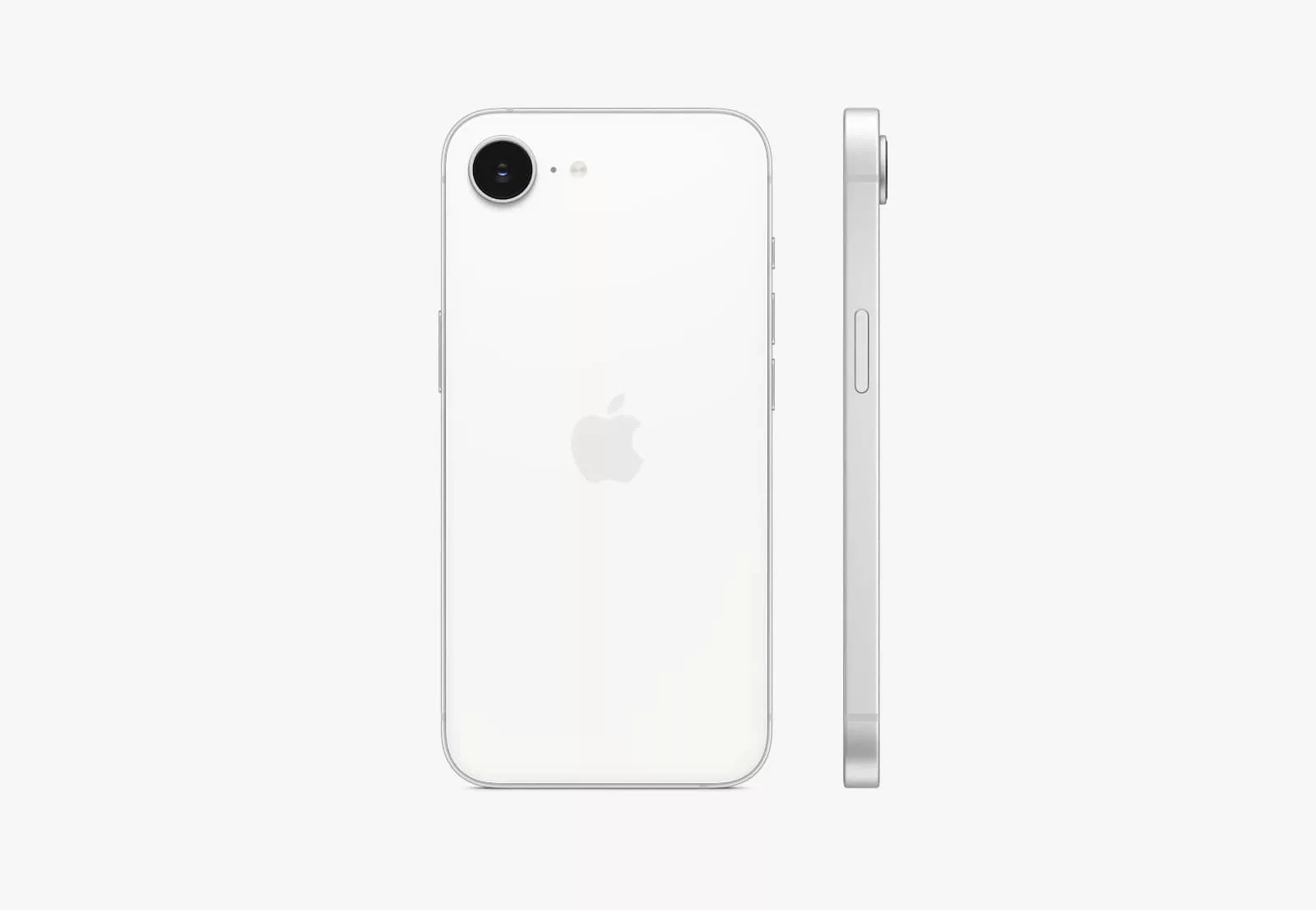
Inside is that A18 chip, which is technically similar to what’s in the standard iPhone 16, but with one less graphics core, moving from a 5-core GPU to the 4-core model in the 16e. It’s a little more budgety, it seems.
And then there’s the camera, which could be from either the iPhone 15 or iPhone 16, offering a single wide-angle 48 megapixel camera that can zoom to 2x by cropping the sensor down, and no ultra-wide in the combo. That’s actually not necessarily a bad thing. You won’t get macro or ultra-wide like the iPhone 16, nor will you get the cinematic video mode, but for many, those omissions might not matter at all.
However, the iPhone 16e also changes aspects of the formula. For instance, there’s a new mobile chip made specifically by Apple, the first of its kind, which when paired with the A18 could give you more battery life than the other iPhone 16 models.
There’s also no MagSafe in the iPhone 16e. You’ll get standard wireless charging there, sure, but not the magnetic style of wireless charging, which means it doesn’t work with other MagSafe devices, and kind of makes the phone a bit of an anomaly.
It also doesn’t get native Ultra Wideband support, so it can’t use the same clever handheld GPS-style approach to Apple’s AirTags. The iPhone 16e can still find things, but just without the neat radio technology.
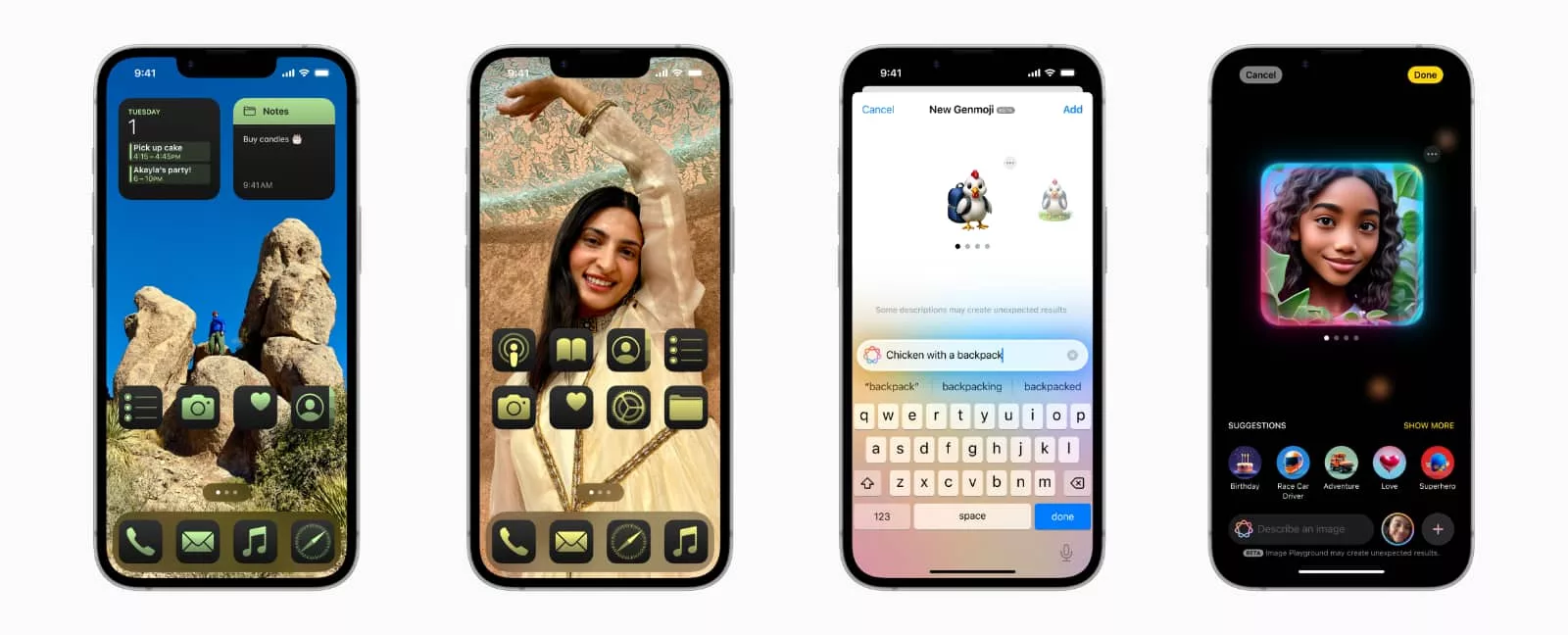
An iPhone 16 variant for a less expensive price
The other critical factor is clearly that price, which sees a less expensive iPhone 16 for a sub-$1K price. Just barely, but it still counts.
At $999 for a 128GB iPhone, the 16e is now the least expensive current iPhone in the line-up, and even has an edge on the $1249 iPhone 15, which can still be found in Australia, thanks to that Apple Intelligence difference. You can spend more on the 16e, with the 256GB option for $1199 and a 512GB model for $1549.
That potentially makes the iPhone 16e a better choice than the iPhone 15. However, if you’re after better cameras, improved MagSafe charging and accessory support, the camera control feature, a slightly nicer screen, and even a colourful design, the $350 upgrade might make the standard iPhone 16 the one to consider.
We’ll reserve judgement until we’ve reviewed the iPhone 16e, but Australians can expect to find this new iPhone in stores from February 28, priced from $999 locally.


